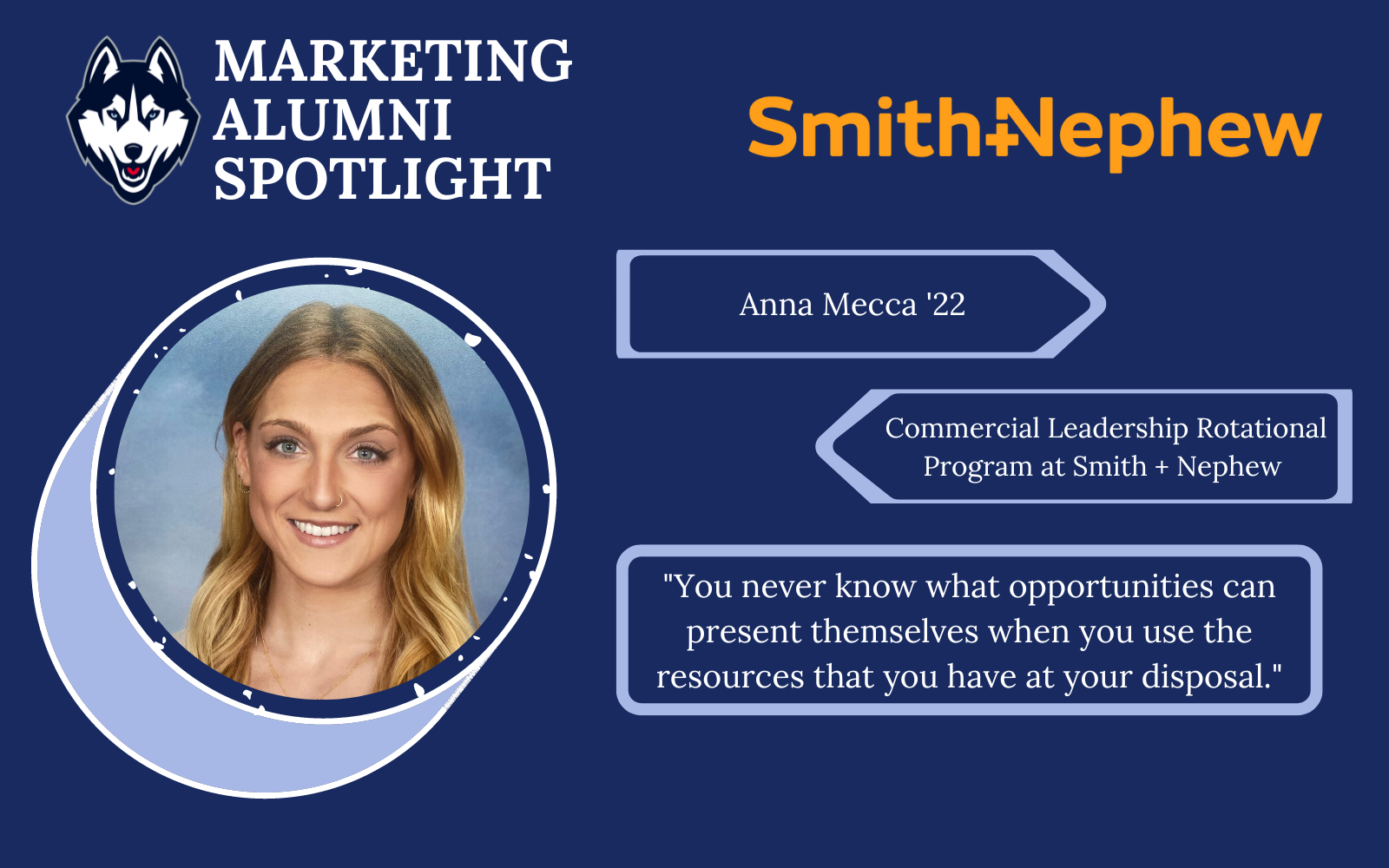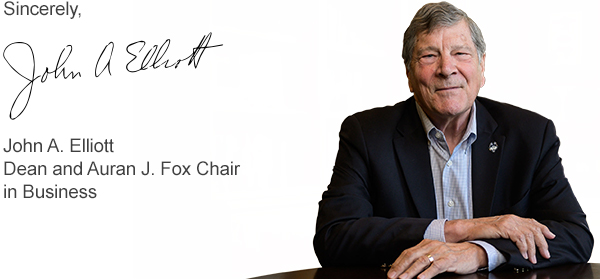The number of Connecticut residents primarily working from home nearly quadrupled in 2021 compared with two years earlier, new U.S. Census figures show, some of the most compelling evidence yet about how the pandemic has reshaped the state’s employment landscape.
In 2019, 5.6% of employees in Connecticut, or 1 in 18, worked from home, but that climbed to 19.5%, or 1 in 5 in 2021, as employers adapted to COVID-19 distancing precautions to keep running their organizations, according to an analysis of Census data released by the Connecticut Data Collaborative.
In Hartford County, the percentages were even higher, at 20.5% in 2021 compared with 4.8% in 2019.
The percentage of employees working remotely in Connecticut in 2021, exceeded by nearly two percentage points the 17.9% registered nationally, according to CTData, a public-private partnership that advocates the use of data to drive policy and improve programs and services.
“While we know rates increased during the initial year of the pandemic, what is striking is that well into the pandemic rates of working from home have persisted, at levels three times as high as the pandemic,” Michelle Riordan-Nold, CTData’s executive director, said.
“To me, it’s indicative of a trend that is going to be with us,” Riordan-Nold said.
Connecticut also was in the top tier of states with at-home workforces in 2021, coming in behind Washington (24.2%), Maryland (24%), Colorado (23.7%) and Massachusetts (23.7%), according to CTData.
CTData’s analysis was based on the U.S. Census American Community Survey, which are one-year estimates released by the Census Bureau. The sample size for the ACS survey was 19,518 in 2021, compared with 20,291 in 2019. The survey was not conducted in 2020 because of the pandemic.
The Census survey for 2021 also marked the highest number and percentage of people working from home recorded — both nationally and in Connecticut — since the community survey began in 2005.
Greg Reilly, a professor of management and a department head at the UConn School of Business in Storrs, said it was clear remote working, to some degree, will remain part of the employment culture even after the pandemic wanes. But he cautioned the survey was taken while a broad-cross section employers had not called back most workers back to the office and so the percentages could come back down a bit.
Nevertheless, Reilly said the pandemic demonstrated some jobs are particularly well-suited for remote working. Certain jobs in all pay categories — ranging from information technology to customer service may evolve such that people who choose those jobs will take into major consideration the flexibility of working from home, Reilly said.
There are costs to a workplace with a remote component, and the lost interaction, especially that is by chance, Reilly said.
“It may be less the ‘hard to connect,’” Reilly said. “The more important, powerful negative is the serendipity that is gone when you are not in the office. You do start conversations that you don’t intend and those conversations can lead to a variety of positive, problem-solving outcomes.”
Reilly also noted that trust is built by a string of often chance, in-person conversations.
CTData also found other striking shifts in working patterns in Connecticut.
As would be expected, the percentage of workers commuting to work — by car, truck or van — dropped to 74% in 2021, compared with 84% two years earlier. The percentage taking public transportation was cut in half, to 2.5% from 4.5%.
Kenneth R. Gosselin can be reached at kgosselin@courant.com.
©2022 Hartford Courant. Visit courant.com. Distributed by Tribune Content Agency, LLC.
Source: https://www.courant.com/business/hc-biz-working-remotely-census-20221012-ygtmhsehvbbqzo2s7ufnki7nre-story.html


